Although most travelers don’t plan to spend their Thailand vacation watching tv, when they do, most prefer to watch something in their native language. There may also be particular sporting events or televised programs that you don’t want to miss. This is an issue we know all too well with spring break often falling during College Basketball March Madness.
This post may contain affiliate links, from which I receive a small commission on any resulting purchases at no cost to the customer. As an Amazon Associate, I earn from qualifying purchases.
Virtual private network (VPN)
A VPN, or Virtual Private Network, is a service that enables users to access the internet privately and securely by routing their connection through a remote server provided by the VPN service.

While traveling abroad, consider signing up for ExpressVPN which allows you to easily bypass geographical restrictions and access your favorite content from anywhere in the world. Rated #1 by CNET and Techradar, ExpressVPN is one of the world’s largest providers of VPN services with millions of active users in 180+ countries.
ExpressVPN offers a wide range of servers located in various countries, including your home country. By connecting to one of their servers, you can virtually change your IP address and make it appear as if you are browsing from your home country. This means you can access all the content that is typically restricted to that region, no matter where you are in Thailand. Moreover, ExpressVPN is known for its fast and reliable connection speeds which ensures that you can enjoy seamless streaming without any buffering or interruptions. Once you have set up your account, you can download and install the ExpressVPN app on your preferred devices, including smartphones, tablets, and computers.
Computer
The streamed content can then be played on your computer, and fed to a tv via an HDMI. In order to ensure an easy connection to the tv, consider traveling with an HDMI cord such as Tera Grand Premium High Speed HDMI Retractable Cable along with female-to-female adapter and female-to-male adapter. Even if you can’t physcially access the HDMI input on the TV, the various adapters can often be used to connect your computer to another HDMI cord already plugged into the tv (perhaps used to connect the tv to a cable type box or DVD player.)
Amazon Firestick
I also travel with an Amazon Firestick to plug directly into a tv or to use one of the devices above to plug into an already available HDMI cord. To install ExpressVPN on your Amazon Firestick, follow these steps:
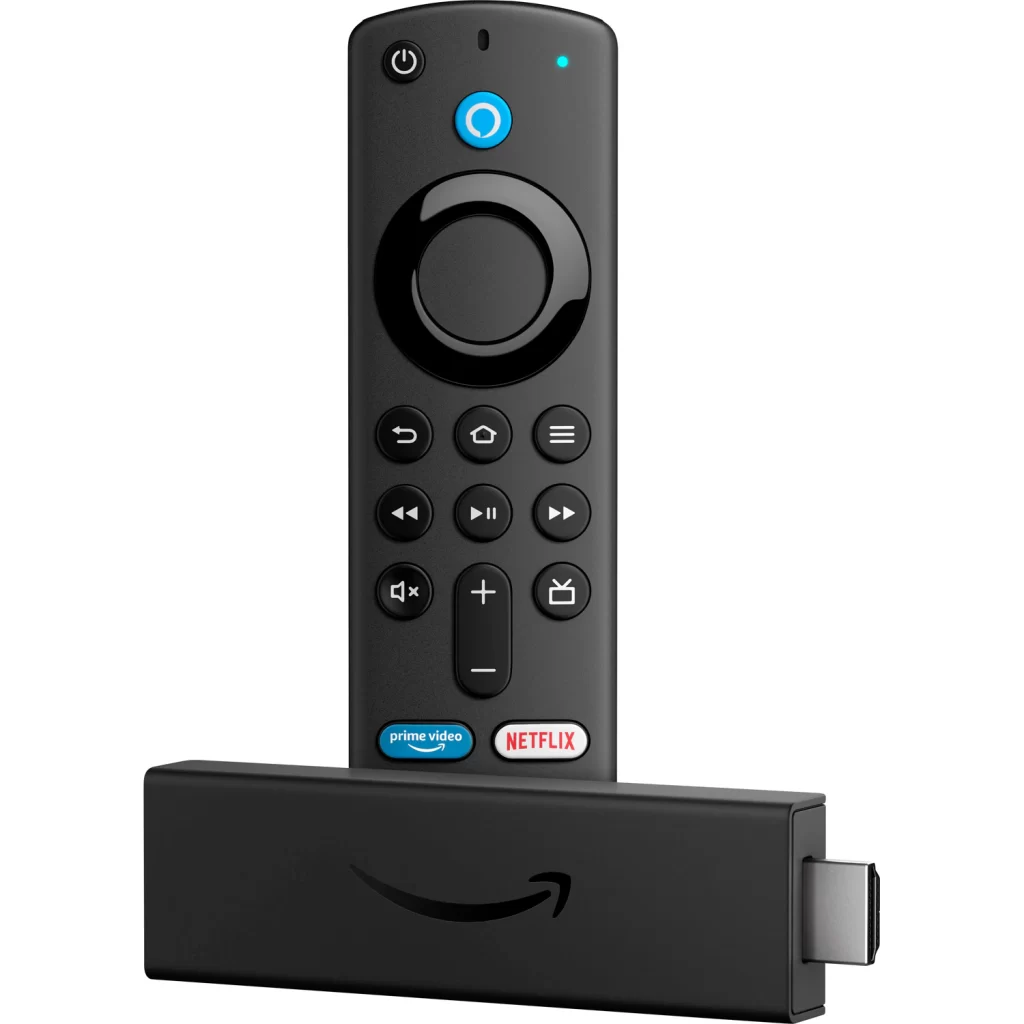
- On your Firestick home screen, go to the search option and type “ExpressVPN” using the on-screen keyboard.
- From the search results, select the ExpressVPN app.
- Click on Download or Get to start the installation process.
- Once the app is downloaded and installed, launch it on your Firestick.
- Sign in to your ExpressVPN account using your credentials.
- After signing in, you will be asked to grant permissions to the app. Click on Allow to proceed.
- On the app’s home screen, you will see a list of server locations. Choose a server location or use the “Smart Location” feature for automatic server selection.
- Click on the Connect button to establish a VPN connection.
- Once connected, you can now browse the internet on your Firestick with the protection and privacy of ExpressVPN.
- Note: If you encounter any issues during the installation or connection process, you can contact ExpressVPN’s customer support for assistance.
Roku Stick
Although you can stream ExpressVPN on Roku, there is no dedicated ExpressVPN app available for Roku devices. To use ExpressVPN with Roku, you would need to set it up on your router. By configuring ExpressVPN on your router, all devices connected to that router, including your Roku device, will be protected by the VPN. While a good method for home use, is not an ideal solution for streaming abroad since you will rarely have access to the router in the hotel or Airbnb.
Cell Phones
ExpressVPN’s Android and iOS apps offer simple streaming on cell phones with an intuitive interface. Download the app onto your cell phone. Open and log onto the app and select a location in the country you’d like to stream content from. Once logged in, you can open any streaming channel on your phone.
To cast cell phone content onto a TV, you can use different methods depending on the type of device you have. Here are a few common ways to do this.
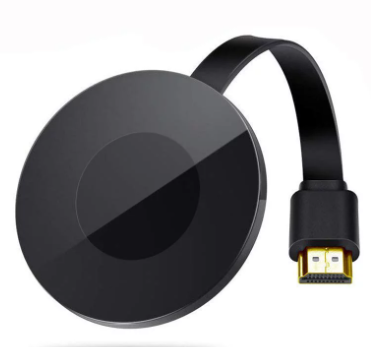
Using Chromcast: A Chromecast device is a small media streaming device developed by Google. Connect your Chromecast device such as the Wireless HDMI Display Dongle Adapter to an HDMI port on your TV. Install the Google Home app on your Android or iOS device. Follow the setup process in the app to connect your Chromecast to the same Wi-Fi network as your phone. Open the app you want to cast from (e.g., YouTube, Netflix) and tap the Cast icon. Choose your Chromecast device from the list of available devices, and the content will appear on your TV.
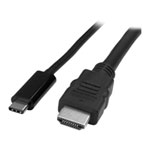
Using an HDMI cable (for older TVs or non-smart TVs): Purchase an HDMI cable (usually HDMI to USB-C or HDMI to Micro-USB, depending on your phone’s port). Connect one end of the HDMI cable to your phone and the other end to the HDMI port on your TV. Set your TV to the correct HDMI input source. Your phone’s screen will be mirrored on the TV.
Using Apple AirPlay (for iPhone and iPad users): Ensure your TV supports AirPlay or has an Apple TV connected to it. Connect your iPhone or iPad and your TV to the same Wi-Fi network. On your iOS device, swipe down from the upper-right corner of the screen to open the Control Center. Tap on the Screen Mirroring or AirPlay icon. Select your TV from the list of available devices, and your phone’s screen will be mirrored on the TV. Remember, the specific steps might vary slightly depending on your phone’s brand and model, as well as the TV you are using.
Using Miracast (for Android users): If your TV supports Miracast or has a built-in Chromecast receiver and you are using an Android device. On your Android device, go to Settings > Display > Cast Screen. Select your TV from the list of available devices and follow any on-screen instructions to establish the connection. Your phone’s screen will be mirrored on the TV. Note that iOS devices (iPhones, iPads, etc.) do not support Miracast natively. Miracast is a technology developed by the Wi-Fi Alliance and is primarily used by Android devices and some Windows devices.

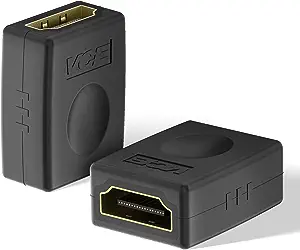
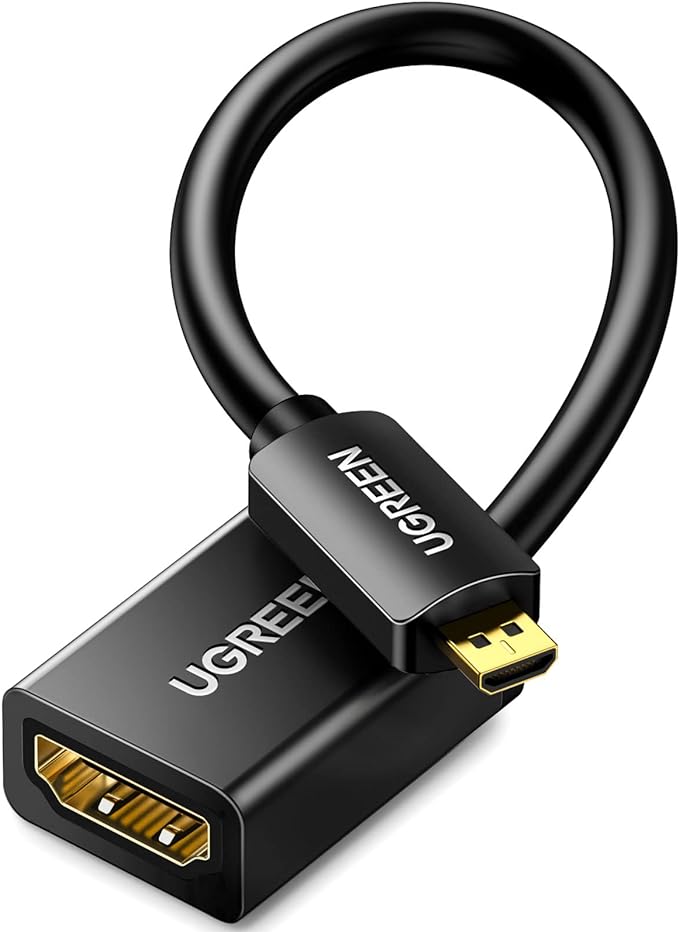

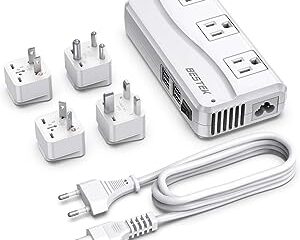

0 Comments